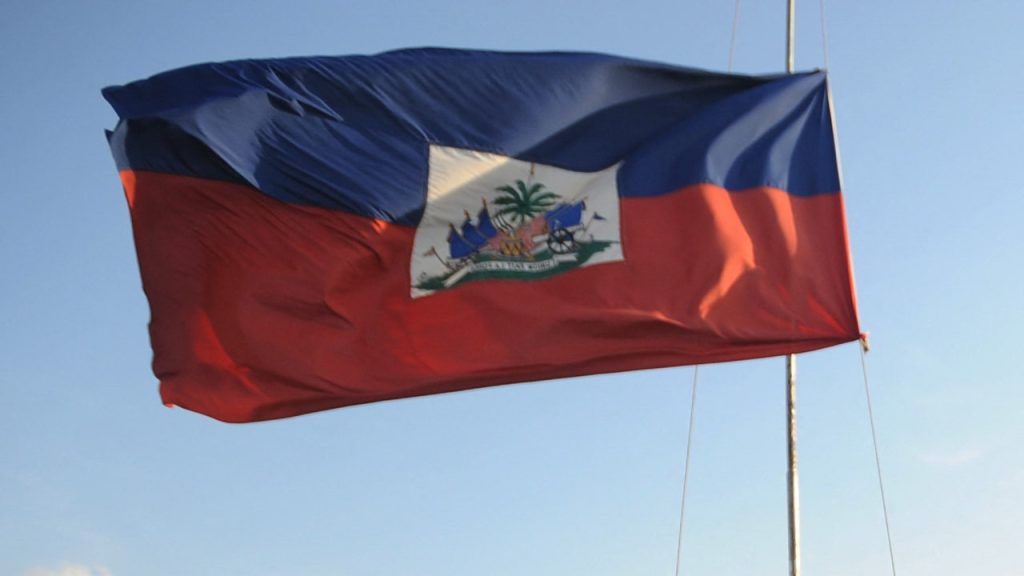At least 13 people died in northern Haiti following two days of heavy rains, with the majority of deaths caused by a landslide in the southeastern region of the coastal city of Cap-Haitien, according to Haiti’s Civil Protection Agency. In addition to the fatalities, more than 2,200 homes were flooded and significant livestock losses occurred due to the Haut-Cap river overflowing. Crews were working to clear roads in northern Haiti, with additional rain expected in the coming days.
The heavy rains in northern Haiti coincided with fresh attacks by gangs in the country, just days after a new Prime Minister was announced. This combination of severe weather and violence has exacerbated the challenges facing Haiti, further complicating relief efforts and recovery. The situation is particularly dire in Cap-Haitien, where the landslide caused a significant number of deaths and destruction. The flooding and widespread damage to homes and livestock have added to the difficulties faced by residents in the region.
Neighboring Puerto Rico also experienced heavy rains, leading to widespread flooding and disruptions to air travel. At least a dozen flights scheduled to land in the capital of San Juan had to be rerouted to the Dominican Republic and other locations due to the weather conditions. The U.S. territory faced significant challenges as a result of the heavy rains, with local authorities working to manage the flooding and provide assistance to those impacted by the severe weather. The effects of the storms were felt across the region, affecting transportation, infrastructure, and daily life.
The impact of the heavy rains in Haiti and Puerto Rico highlights the vulnerability of the region to extreme weather events and natural disasters. Climate change is likely contributing to the frequency and intensity of these events, making it essential for governments and communities to prioritize resilience and preparedness. The combination of heavy rains, landslides, flooding, and gang violence presents a complex set of challenges for Haiti and Puerto Rico, requiring coordinated efforts to address immediate needs and build long-term resilience.
Efforts to clear roads and provide assistance to affected communities in northern Haiti are ongoing, with authorities working to mitigate the impact of the storms and support those in need. The loss of life, homes, and livestock is a tragic reminder of the vulnerability faced by vulnerable populations in the region, who are often the most severely impacted by natural disasters. As recovery efforts continue, it will be important for local and international organizations to work together to address the immediate needs of those affected and support long-term recovery and resilience-building efforts.
The recent storms in Haiti and Puerto Rico serve as a stark reminder of the urgent need to address the underlying vulnerabilities that contribute to the impact of natural disasters in the region. In addition to investing in infrastructure improvements and disaster preparedness measures, it will be crucial to address issues such as gang violence, poverty, and political instability that can exacerbate the impact of severe weather events. By taking a holistic approach to disaster risk reduction and climate resilience, governments and communities can better protect vulnerable populations and build a more sustainable future for all.


